Music
-
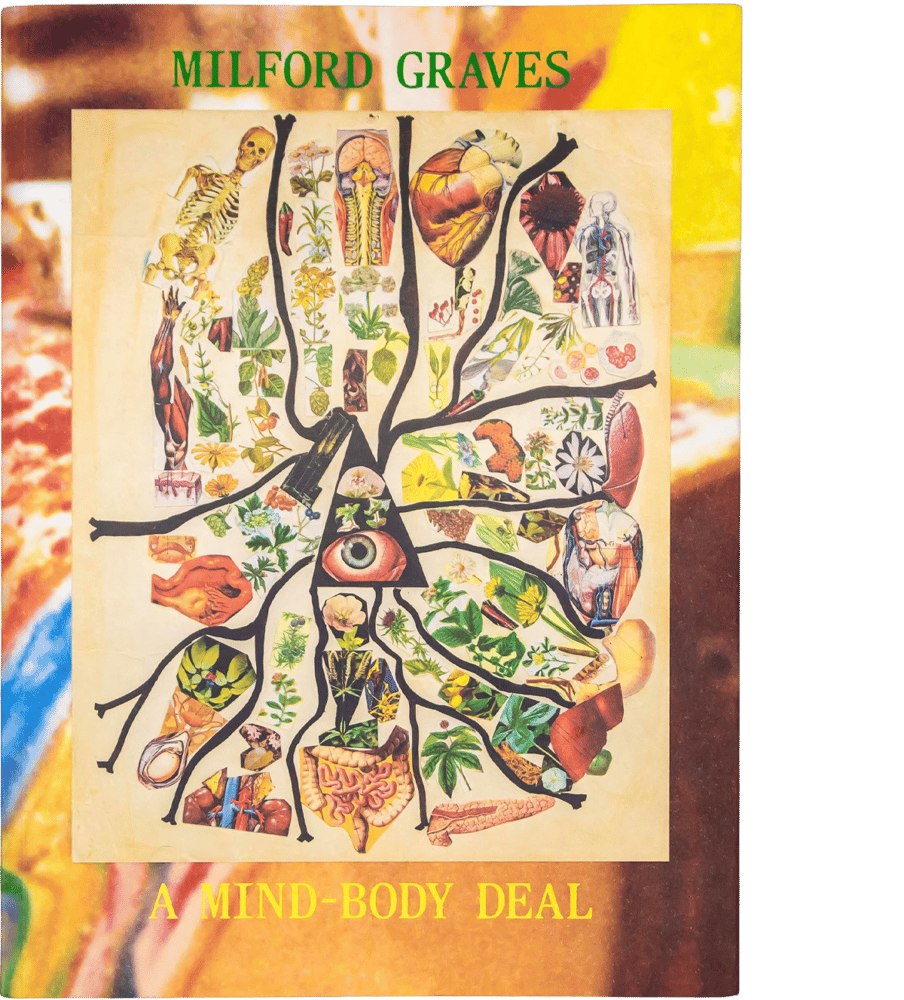
Milford Graves—A Mind-Body Deal
7.625 × 10.5 inches, 256 pages, softcover
978-1-941753-37-8
Design by IN-FO.CO
Co-Published by Inventory Press
and Ars Nova Workshop
Milford Graves (1941–2021) was a revelatory force in music beginning in the mid-1960s, liberating the drummer from the role of time-keeper to instrumental improviser. A pivotal figure in the free jazz movement, he created groundbreaking work with Albert Ayler, the New York Art Quartet, Min Tanaka, and John Zorn, and led the way in artistic self-production. But his kaleidoscopic genius was not bound by music, and it led him to develop an oeuvre unprecedented in its breadth—from healing arts to botany, cardiac research to martial arts.
This fully illustrated catalogue includes documentation from the exhibition A Mind-Body Deal, including hand-painted album covers and posters, idiosyncratic drum sets, recording ephemera, multimedia sculptures, photographs, costumes, and artifacts from his scientific studies. This first-ever overview of Graves as a creative polymath attempts to unlock his unique habitat by gathering his intricate, multifaceted work and exploring the practices and predilections of this extraordinary jazz mind.
$45.00
Sold Out -
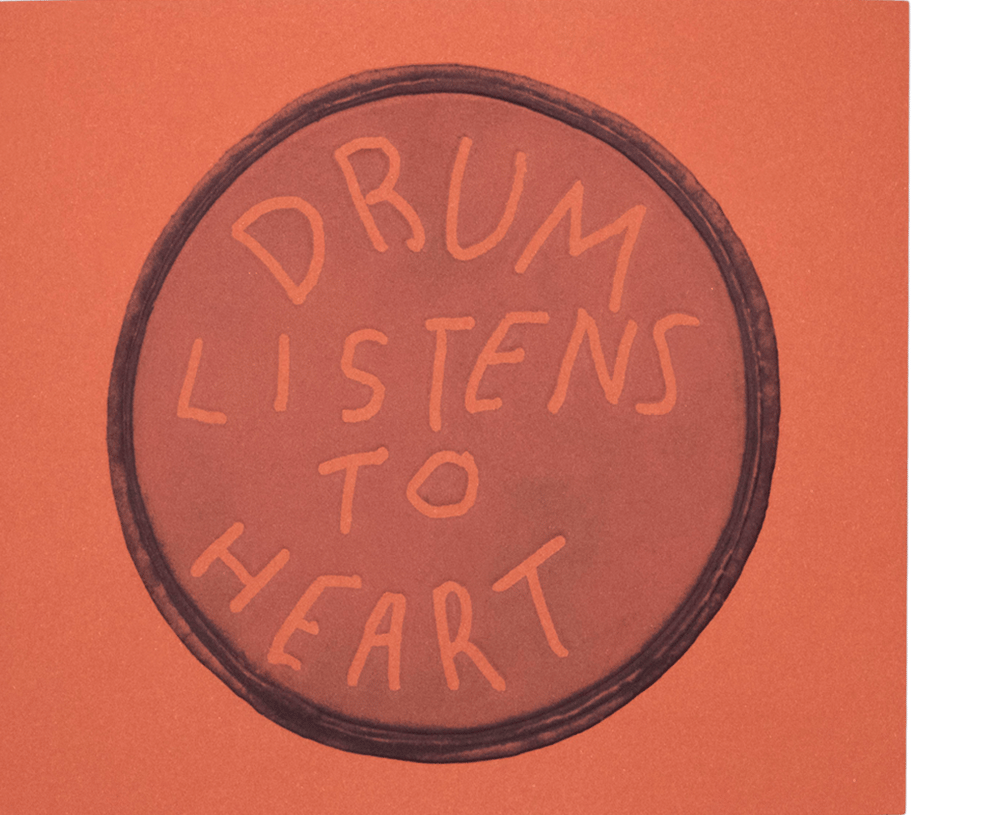
Drum Listens to Heart
9 × 8 inches, 216 pages, softcover
ISBN 978-1-941753-52-1
Design by IN-FO.CO
Co-published by Inventory Press and
CCA Wattis Institute for Contemporary Arts
Accompanying the 2022 exhibition at CCA Wattis Institute for Contemporary Arts in San Francisco, Drum Listens to Heart reflects on the many ways that percussion reaches far beyond the drum. It relates to music and rhythm, but it also speaks to a wide range of aesthetic, expressive, and political forms more broadly. The exhibition weaves different forms of percussion together—physical and socio-political, literal and metaphorical. It juxtaposes instances of impact and vibration with forms of control, emancipation, spirituality, and community-building. It offers a framework and a vocabulary that binds art and politics to each other in percussive ways.
Alongside documentation of works in the exhibition are essays by Wattis Institute Director Anthony Huberman and Diego Villalobos as well as a unique glossary of terms associated with percussion, with contributions by Hannah Black, Geeta Dayal, JJJJJerome Ellis, Anthony Elms and Hamza Walker, Natasha Ginwala, Will Holder, Lê Quan Ninh, and Hypatia Vourloumis.
Artists in the exhibition include Francis Alÿs, Luke Anguhadluq, Marcos Ávila Forero, Raven Chacon, Trisha Donnelly, Em’kal Eyongakpa, Theaster Gates, Milford Graves, David Hammons, Susan Howe & David Grubbs, NIC Kay, Barry Le Va, Rose Lowder, Lee Lozano, Guadalupe Maravilla, Harold Mendez, Rie Nakajima, The Otolith Group, Lucy Raven, Davina Semo, Michael E. Smith, Consuelo Tupper Hernández, Haegue Yang, and David Zink Yi.
$40.00 -
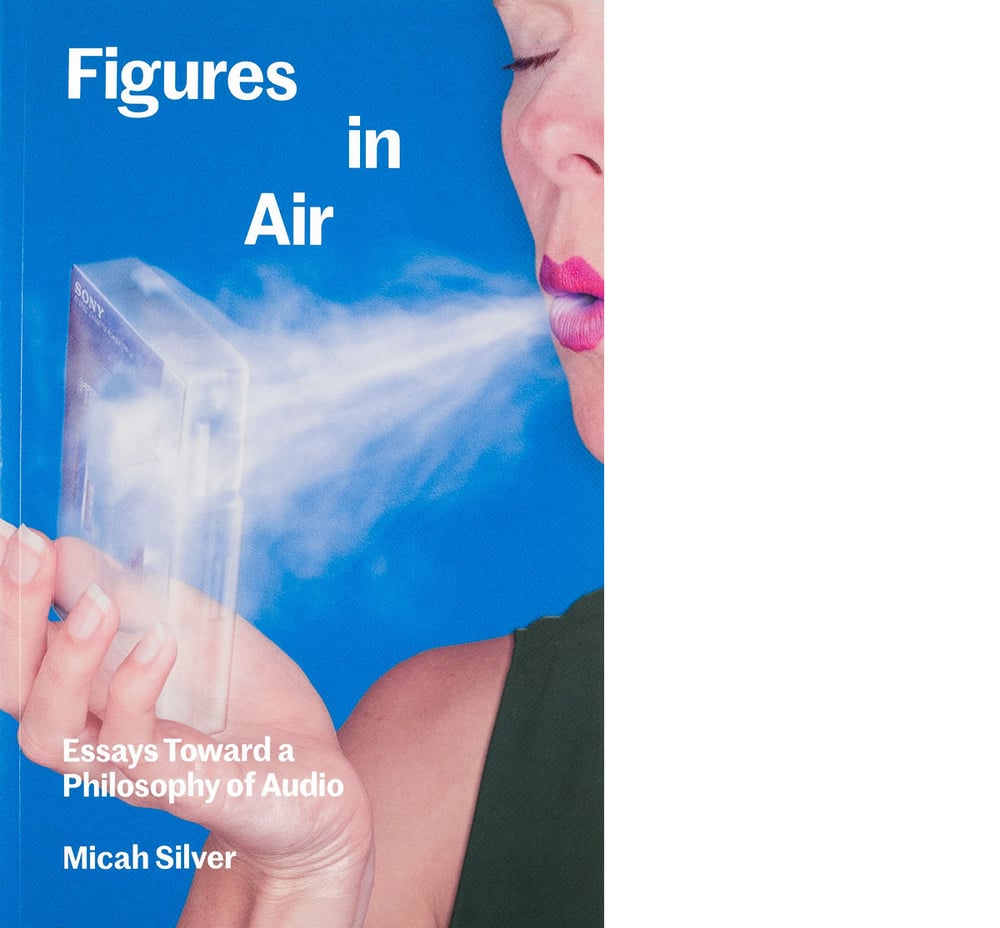
Figures in Air
5 1/4 × 8 inches, 112 pages, softcover
ISBN 978-1-941753-01-9
Design by IN-FO.CO
Emerging artist and theorist Micah Silver elaborates on the impact of audio on human behavior and social space. Silver’s research ranges from Meillassoux and a triangulation of audio’s trans-substance, to Yves Klein’s Air Architecture, through La Monte Young’s Dream House, and culminates in a discussion of historically significant audio systems and their importance as ephemeral social architectures made of air.
Micah Silver is an artist and curator who studied music at Wesleyan and in MIT’s Art, Culture and Technology program. His work has been produced by Mass MoCA, Issue Project Room, Palais de Tokyo, and OK Zentrum, among other venues internationally.
$20.00
Sold Out -
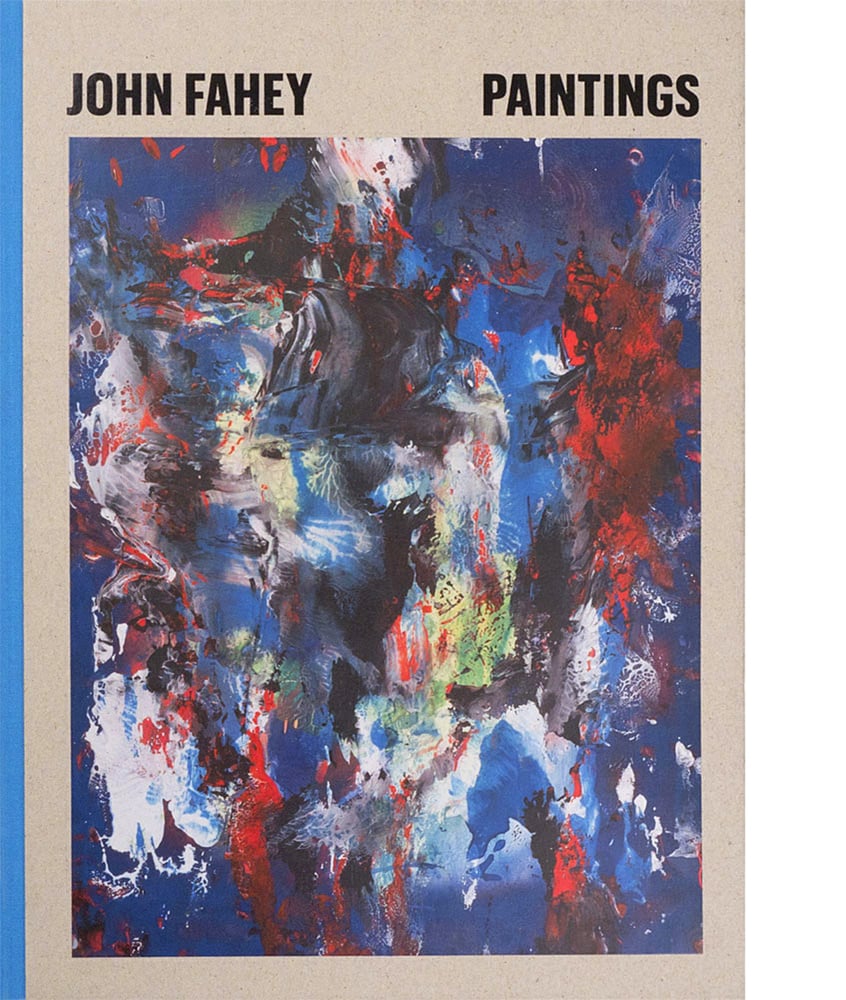
John Fahey Paintings
8 5/8 × 11 1/2 inches, 128 pages, hardcover
ISBN 978-1-941753-00-2
Design by Project Projects
Rare / Last Available CopiesThe much-revered avant-garde guitarist John Fahey (1939–2001) incorporated influences ranging from folk, blues, and bluegrass to classical music, musique concrete, and noise in his primarily acoustic guitar-based compositions. Considered a legend by many, Fahey released upward of three dozen LPs in his lifetime.
Relatively late in life, Fahey extended his so-called American Primitive approach beyond music, and into the creation of a substantial body of paintings created in makeshift studios in and around Salem, Oregon. Painting on found poster board and discarded spiral notebook paper, working with tempera, acrylic, spray paint, and magic marker, Fahey’s intuitive approach echoes the action painters and abstract expressionists. The same alluring and tranquilizing aesthetics that defines much of Fahey’s musical output are equally present in his paintings.
The first publication focusing on his visual output, John Fahey: Paintings, edited in collaboration with Audio Visual Arts (AVA), is illustrated with 92 plates and is accompanied by essays from Keith Connolly, founding member of No-Neck Blues Band, and the critic Bob Nickas.
$100.00 -
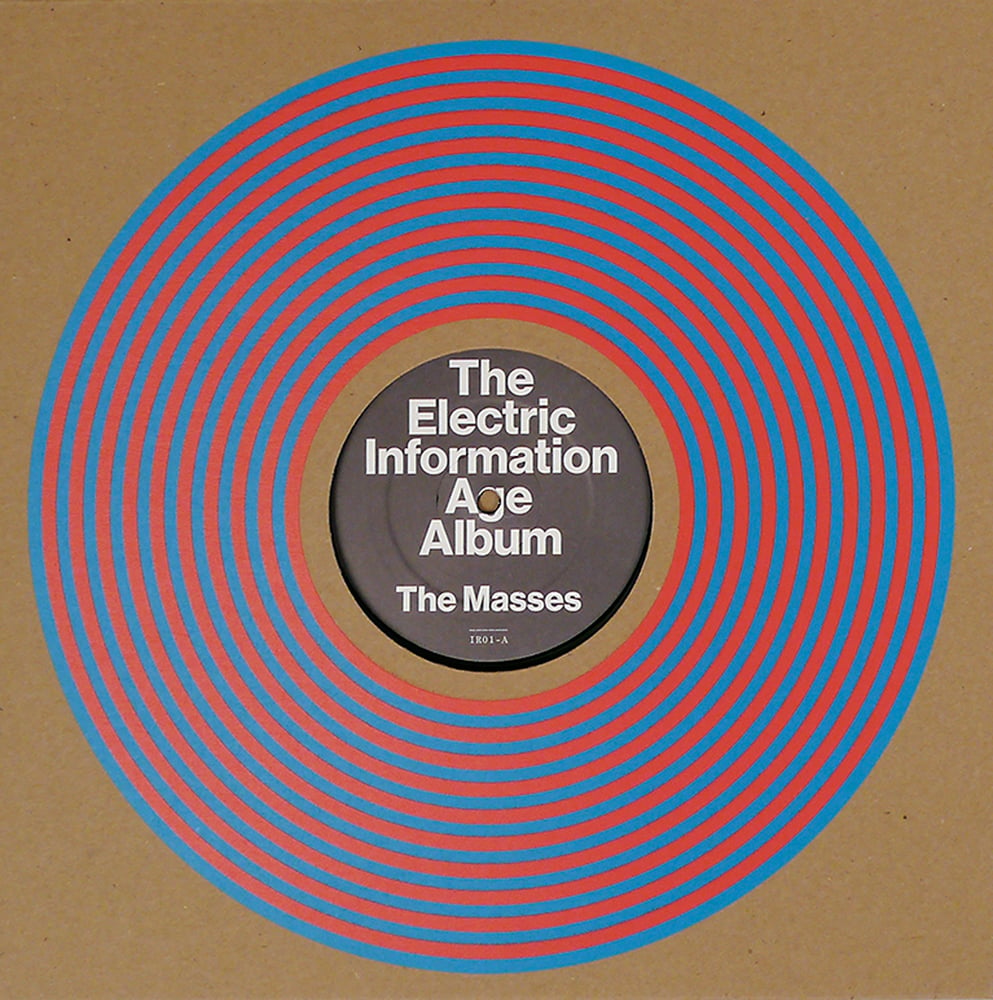
The Electric Information Age Album
12 1/4 × 12 1/4 inches
Limited edition vinyl LP
Design by Project ProjectsCreated as an audio extension to The Electric Information Age Book by Jeffrey T. Schnapp and Adam Michaels, the LP was made in the spirit of the experimental 1967 The Medium is the Massage LP, the “first spoken arts record you can dance to” based on media theorist Marshall McLuhan’s groundbreaking book of the same name.
Produced by Schnapp, Michaels, and Daniel Perlin in a process paralleling the book's production, the album incorporates new music drawing upon a wide range of genres (such as Post-Punk, Mutant Disco, Baile Funk, and Chicago Juke) with samples, quotations, and text from The Electric Information Age Book.
$18.00